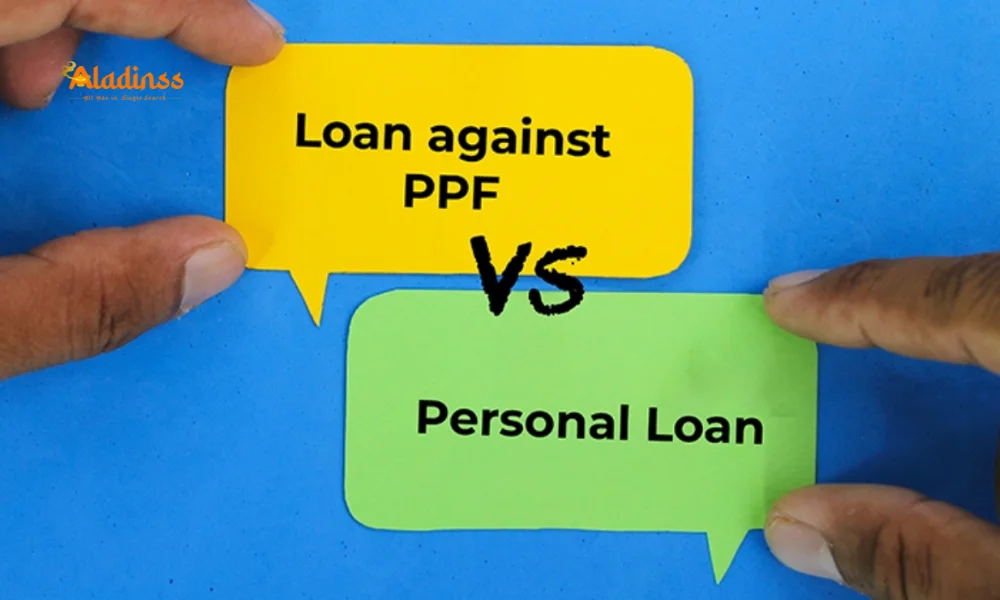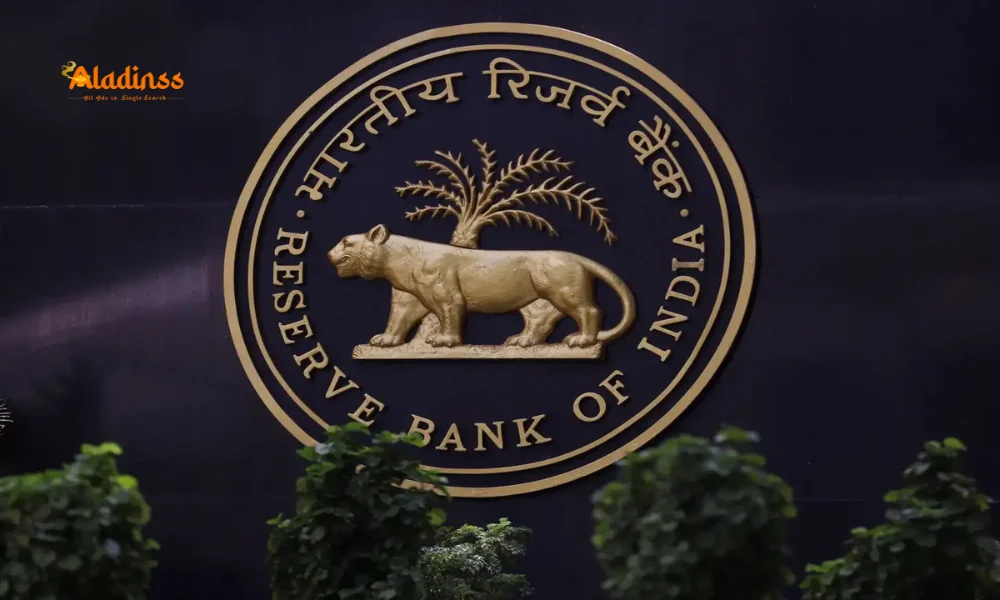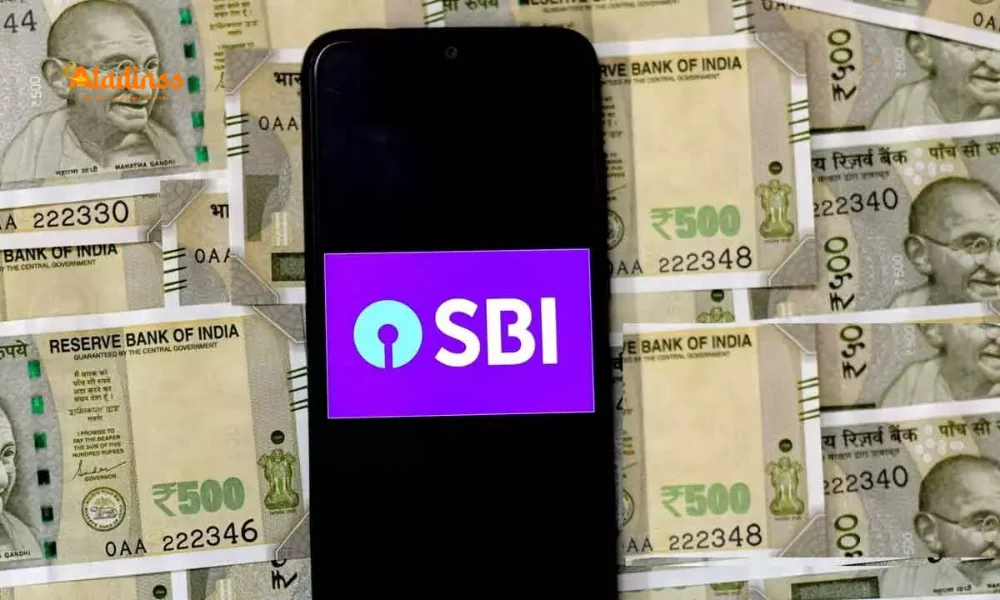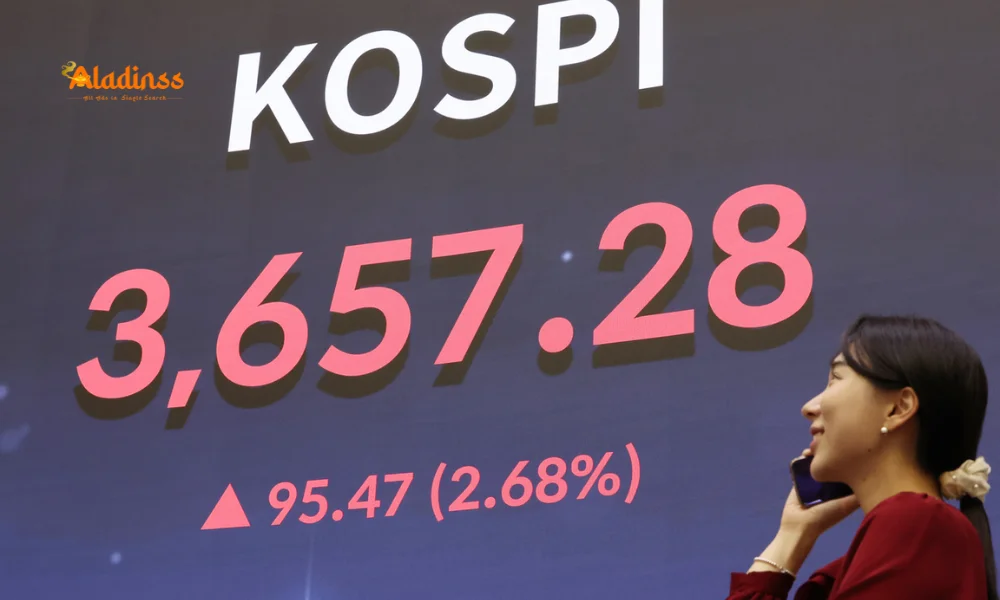Post Office PPF: Rs. 12,500 Monthly to Rs. 40 Lakhs

Post Office PPF Scheme: Invest Rs. 12,500 Monthly to Get Rs. 40 Lakhs
The Post Office in India has long been a trusted avenue for savings, offering a variety of schemes tailored to meet the financial needs of diverse groups, including children, women, and senior citizens. Among these, the Public Provident Fund (PPF) scheme stands out as a highly popular, risk-free investment option that promises attractive returns and significant tax benefits. For small investors seeking a secure place to grow their savings, the PPF scheme offers an excellent opportunity to build wealth over time. By investing as little as Rs. 12,500 monthly, you could accumulate over Rs. 40 lakhs in just 15 years, thanks to the power of compounding and a government-backed interest rate of 7.1% per annum.
Why Choose the Post Office PPF Scheme?
The Post Office PPF scheme is a government-backed savings initiative designed to encourage long-term financial planning. Introduced in 1968 by the National Savings Institute under the Ministry of Finance, it has become a go-to option for risk-averse investors looking for guaranteed returns. The scheme’s appeal lies in its safety, as it is fully supported by the Government of India, ensuring that your investment is secure. Additionally, the PPF scheme falls under the Exempt-Exempt-Exempt (EEE) category, meaning the principal invested, interest earned, and maturity amount are all tax-free, making it an attractive choice for tax-saving investments.
With a minimum annual deposit of Rs. 500 and a maximum of Rs. 1.5 lakh, the PPF scheme is accessible to a wide range of investors, from salaried individuals to those in the unorganized sector. Its 15-year lock-in period makes it ideal for long-term goals such as retirement planning, funding education, or building a substantial corpus for future needs. The scheme also offers flexibility, allowing investments in lump sums or up to 12 installments per year, catering to varying financial capacities.
How to Accumulate Rs. 40 Lakhs with PPF
One of the most compelling aspects of the PPF scheme is its potential to generate significant returns through disciplined investing. For instance, by investing Rs. 12,500 per month (equivalent to Rs. 1.5 lakh annually), an investor can amass a substantial corpus over the scheme’s 15-year tenure. At the current interest rate of 7.1% per annum, compounded annually, the total investment of Rs. 22.5 lakhs over 15 years would yield approximately Rs. 18.18 lakhs in interest. This results in a maturity amount of around Rs. 40.68 lakhs, offering a remarkable return for a low-risk investment.
The calculation is straightforward: Rs. 12,500 monthly translates to Rs. 1.5 lakh per year. Over 15 years, this amounts to a principal of Rs. 22.5 lakhs. The interest, calculated using the compound interest formula, adds Rs. 18.18 lakhs, bringing the total to Rs. 40.68 lakhs. Investors can adjust their monthly contributions based on their financial goals, with the flexibility to invest anywhere between Rs. 500 and Rs. 1.5 lakh annually. This scalability makes the PPF scheme suitable for both small and large investors.
Tax Benefits of the PPF Scheme
The PPF scheme’s tax advantages are a key reason for its popularity. Under Section 80C of the Income Tax Act, contributions up to Rs. 1.5 lakh per year are eligible for tax deductions, reducing your taxable income. Additionally, the interest earned is completely tax-free, and the maturity amount is exempt from taxation, making it a triple-exempt investment. This EEE status ensures that investors maximize their returns without losing a portion to taxes, a feature that sets PPF apart from many other investment options.
For example, a salaried individual in the 30% tax bracket investing Rs. 1.5 lakh annually in PPF can save up to Rs. 45,000 in taxes each year. Over 15 years, this tax saving, combined with the interest earned, significantly enhances the overall return on investment. This makes PPF an ideal choice for those looking to optimize their tax planning while building a secure financial future.
Loan and Withdrawal Facilities
The PPF scheme offers additional flexibility through its loan and withdrawal facilities. Investors can apply for a loan against their PPF balance between the third and sixth financial years after opening the account. The loan amount is capped at 25% of the balance from two years prior, and the interest rate is typically 1% above the prevailing PPF rate. The loan must be repaid within 36 months, providing a low-cost borrowing option for emergencies.
Partial withdrawals are permitted from the seventh year onward, allowing investors to access up to 50% of the balance from the end of the fourth year. This feature is particularly useful for meeting significant expenses, such as funding education or medical emergencies, without breaking the entire investment. To withdraw funds, investors must submit Form C to the bank or post office where the account is held. These facilities enhance the scheme’s liquidity, making it a practical choice for long-term savings.
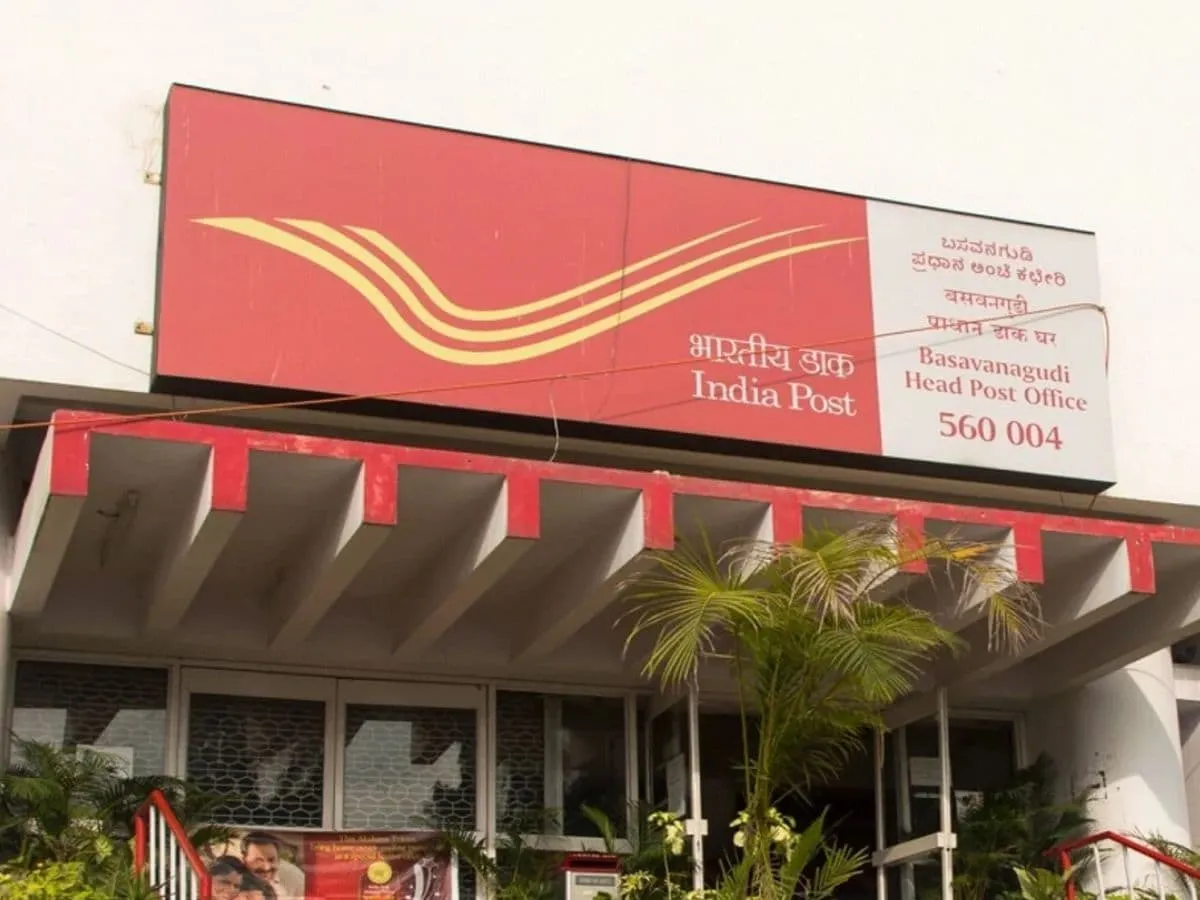
How to Open a PPF Account
Opening a PPF account is a straightforward process that can be done at any post office or participating bank across India. Eligible individuals include Indian residents, adults opening accounts on behalf of minors, or guardians for persons of unsound mind. Only one PPF account per person is allowed, and joint accounts are not permitted. Here’s a step-by-step guide to opening a PPF account at a post office:
1. Visit your nearest post office or download the PPF application form from the official India Post website. 2. Submit the completed form along with KYC documents, including identity and address proof (e.g., Aadhaar, PAN, or passport). 3. Make an initial deposit of at least Rs. 500 via cash or cheque. 4. Upon verification, you will receive a passbook containing details such as your account number, branch name, and transaction history.
Deposits can be made online through the India Post Payments Bank (IPPB) app or via net banking for accounts linked to participating banks. To ensure maximum interest, deposits should be made before the 5th of each month, as interest is calculated on the lowest balance between the 5th and the end of the month.
Extending the PPF Account Beyond 15 Years
The PPF scheme allows investors to extend their account in blocks of five years after the initial 15-year maturity period. Extensions can be made with or without further contributions, providing flexibility for those who wish to continue earning tax-free interest. If no contributions are made during the extension period, the account remains active, and the balance continues to earn interest. However, if no deposits are made for an entire year during an extension, further contributions are not allowed for the remaining tenure.
For example, extending the account for an additional five years with continued investments of Rs. 1.5 lakh annually could grow the corpus to over Rs. 66 lakhs, assuming the interest rate remains at 7.1%. This feature makes PPF a versatile tool for long-term wealth creation, particularly for retirement planning.
Why PPF is Ideal for Risk-Averse Investors
The PPF scheme’s government backing ensures that it is one of the safest investment options available in India. Unlike market-linked instruments such as mutual funds or stocks, PPF offers guaranteed returns, making it ideal for conservative investors who prioritize capital protection. Its long tenure encourages disciplined saving, while the tax benefits and loan facilities enhance its appeal. For individuals with low to moderate incomes, the low entry barrier of Rs. 500 per year makes it an inclusive and accessible investment option.
Moreover, the widespread availability of PPF accounts through India’s extensive post office network ensures accessibility, even in rural areas. With approximately 1,55,000 post office branches, 90% of which are in rural regions, the scheme promotes financial inclusion and empowers citizens to secure their financial future.
Comment / Reply From
No comments yet. Be the first to comment!
